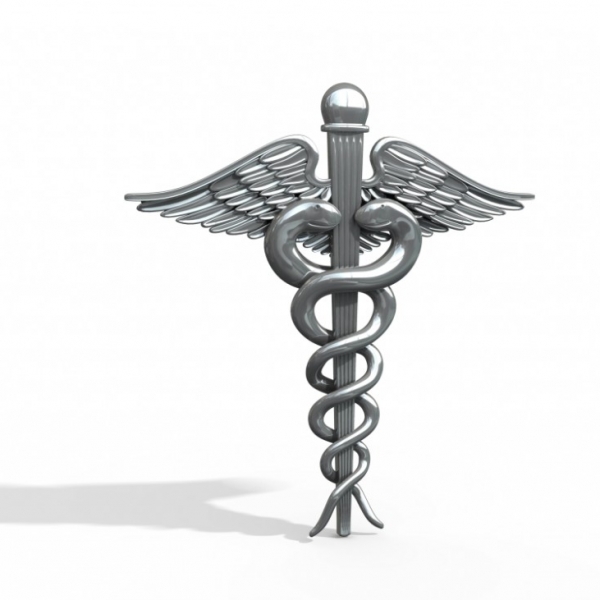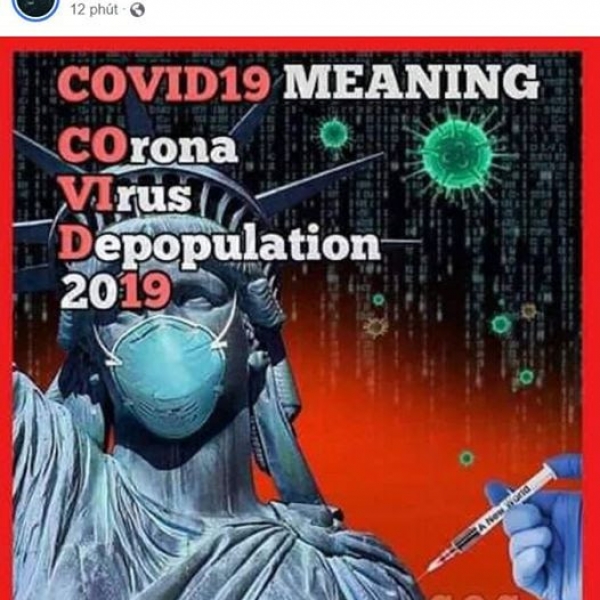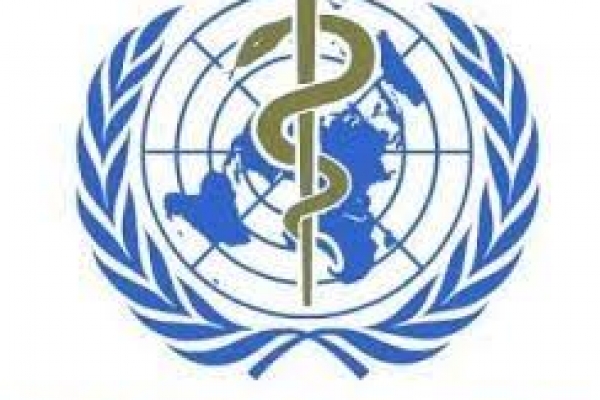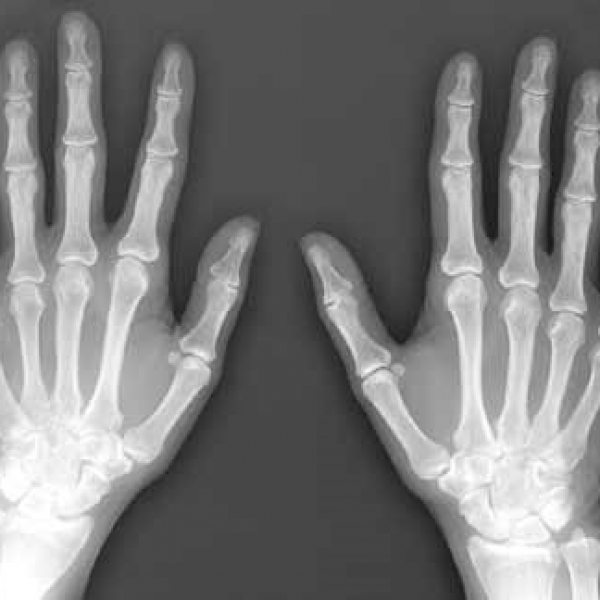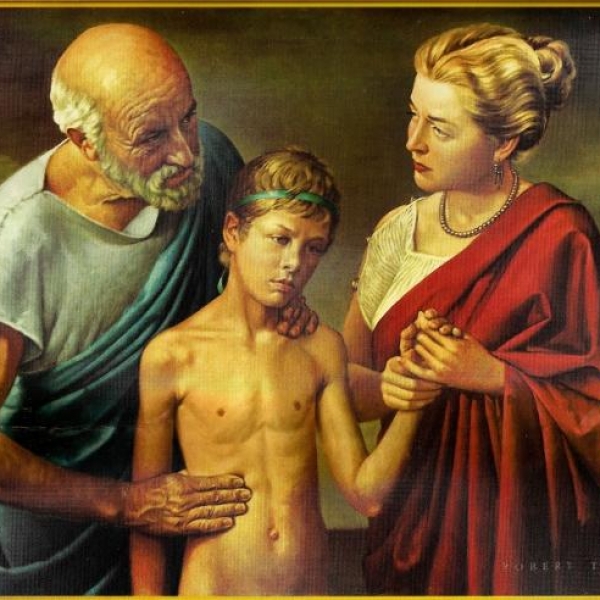Contact Admission
International Collaboration
How Fast Can Coronavirus mutate?
How Fast Can Coronavirus mutate?
The new coronavirus, like all other viruses, mutates or has small changes in its genome.
The new coronavirus, like all other viruses, mutates or undergoes small changes in its genome. A recently published study found that the new coronavirus, SARS-CoV-2, had transformed into a more dangerous strain and a less damaging strain. But this study has yet to convince the experts.
In this study, a team of researchers in China analyzed the coronavirus genome from 103 patients with COVID-19, caused by SARS-CoV-2, in Wuhan, China, the central region. Translate. The team found differences in the genome that they say could be classified into two "strains" of coronavirus: type "L" and type "S", published on Tuesday (March 3) in National Science Review.
Related: 12 coronavirus myths debunked by science
The researchers found the "L" type, which they consider the more dangerous type, in 70% of the virus samples. They also found that the prevalence of this strain decreased after early January. Researchers write in the article that the types commonly found in recent days are the old "S" type, because of Human interventions "such as epidemic zonation can reduce the spread of the" L "type.
CORONAVIRUS UPDATES NEWS
Direct update on coronavirus
-What are the symptoms?
- To what extent is the new coronavirus fatal?
How does coronavirus compare with seasonal flu?
How is Coronavirus spread?
- Can the infected person continue to spread coronavirus after recovery?
However, Nathan Grubaugh, an epidemiologist at the Yale School of Public Health who was not involved in the study, said the authors' conclusions were "pure speculation". For example, he says, the mutations that the study authors refer to are extremely small - just a few nucleotide sequences, just the basic building blocks of the genome. (Meanwhile, SARS-CoV-2 is about 30,000 nucleotides long.)

These minor changes probably won't have a major impact on virus activity, if any, so it would be "inaccurate" to say that these differences mean there are other strains, he said. together. Additionally, Grubaugh told Live Science that these researchers only considered 103 cases. "It's a very small sample of the entire virus population. Finding out the mutations that a virus is spreading around the world takes," he said, "an extraordinary effort and sometimes years. to complete".
Other scientists agree. The finding that the coronavirus mutates into two strains with strain L leading to more severe disease "is most likely a statistical artifact," wrote Richard Neher, a biologist and physicist at the University of Basel in Switzerland. Twitter. This statistical effect was probably due to the early sampling of the L-type group in Wuhan, which resulted in an "obviously higher" death rate, he wrote.
When there was a rapid locally outburst, scientists quickly took genetic samples of the virus from the patient, leading to the over-emergence of several variants of the virus, Neher writes. The authors of the paper admit that the data in their study are "still very limited" and that they need to follow up with larger datasets in order to better understand virus development.
"We shouldn't be worried"
Knowing that such articles will appear during this outbreak, Grubaugh posted a commentary in the journal Nature Microbiology on February 18 titled "We should not be worried about virus changes during translation. Disease outbreak. "
The word mutation "invisible middle evokes fear of sudden and bizarre changes," he wrote. "In fact, mutations are a natural part of the virus life cycle and rarely have a strong impact on outbreaks." For example, RNA viruses, or those whose main genetic material instead of DNA is RNA, including SARS-CoV-2, mutates continuously and has no mechanism to correct these "mistakes". like human cells.
But most of these mutations negatively affect the virus. If mutations are not beneficial for the virus, they are usually eliminated through natural selection, evolutionary mechanisms, organisms that are better adapted to the environment tend to survive. Other mutations exist and are inserted into the "normal" genome of the virus.
Usually, many genes encode for traits like the severity of the virus or the ability to pass it on to others, Grubaugh writes. So in order for the virus to become more dangerous or to spread more easily, many genes would have to mutate. Despite the high mutation rates between viruses in general, it is unusual to find viruses that change the way human transmission is so short on such a short scale, he wrote.
So what does all of this mean for the ability to develop a vaccine?
These viruses "remain genetically similar to the point where these mutations should not change to a new vaccine," Grubaugh said. "It is unlikely that vaccine makers should worry about this." However, once the vaccine has been born, the virus can adapt to it and develop resistance, he said, but consider that other RNA viruses - such as the virus cause measles, mumps and yellow fever - no development of resistance to the vaccine, that scenario is unlikely.
In fact, these mutations help scientists track the viral steps, Grubaugh said.
For example, a group of researchers in Brazil recently isolated SARS-CoV-2 from two patients confirmed to have COVID-19 and sequenced the complete genome of both virus samples. They found that the genomes were not only different, but also very different from the genomes of virus sequenced samples in Wuhan, China, the researchers wrote in an unapproved report but was announced on a forum on February 28.
The coronav virus from one patient in Brazil has the same genome as the sequenced virus in Germany and the virus from the second patient is like the coronavirus in the UK. That means the two patients are associated with cases in Europe but not in each other, Grubaugh said.
Posts are TS. Dr. Nguyen Do Ngoc Linh translated from the article on the website
https://www.livescience.com/coronavirus-mutations.html
Other news
- May 19 morning: Vietnam has 31 new COVID-19 cases, the Ministry of Health consults with a 'record' of 20 severe cases ( 08:51 - 19/05/2021 )
- May 06, an additional 8 cases COVID-19 at the Tropical Disease Hospital Central ( 10:10 - 06/05/2021 )
- This morning 5-5, Vietnam has no new cases of COVID-19, more than 602,000 more globally ( 14:29 - 05/05/2021 )
- On the morning of May 3, Vietnam did not record a new case of Covid-19 infection ( 07:56 - 03/05/2021 )
- UPDATE KNOWLEDGE ON HOW VACCINE COVID-19 WORKS ( 10:28 - 20/03/2021 )
- On the morning of March 1, no cases of COVID-19, 210 patients undergoing treatment were negative ( 08:28 - 01/03/2021 )
- On the morning of February 25, there was no new case, a patient with very severe COVID-19 ( 08:35 - 25/02/2021 )
- How to wear a Mask properly ( 09:01 - 22/02/2021 )
- 39 provinces and cities let students stop going to school ( 09:47 - 17/02/2021 )
- COVID-19 'brutally exposes' the technological gap ( 15:29 - 30/01/2021 )






